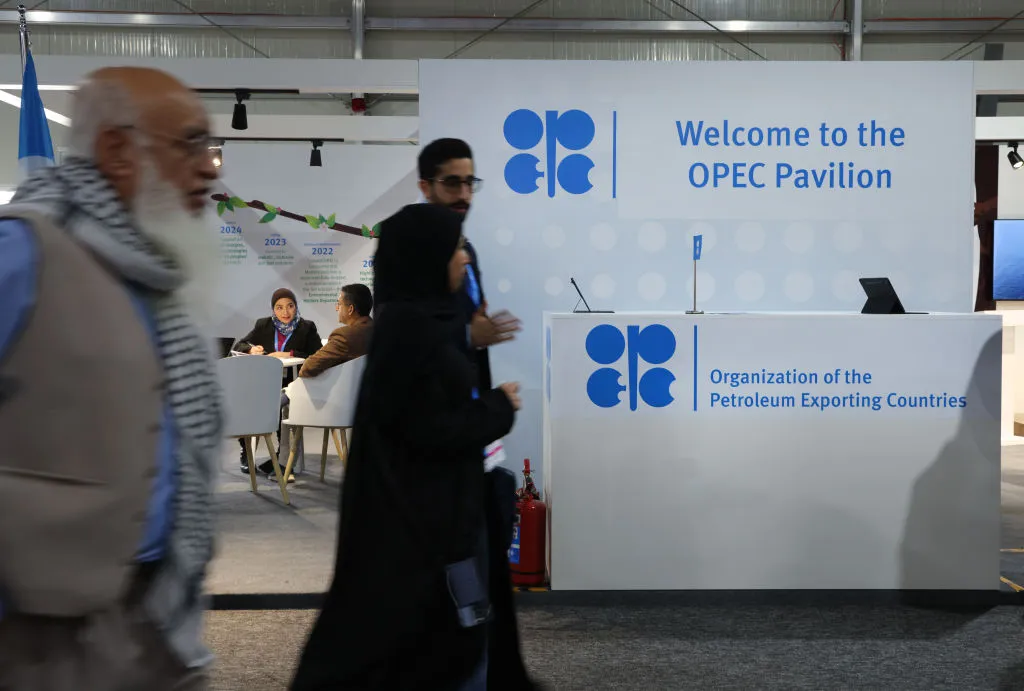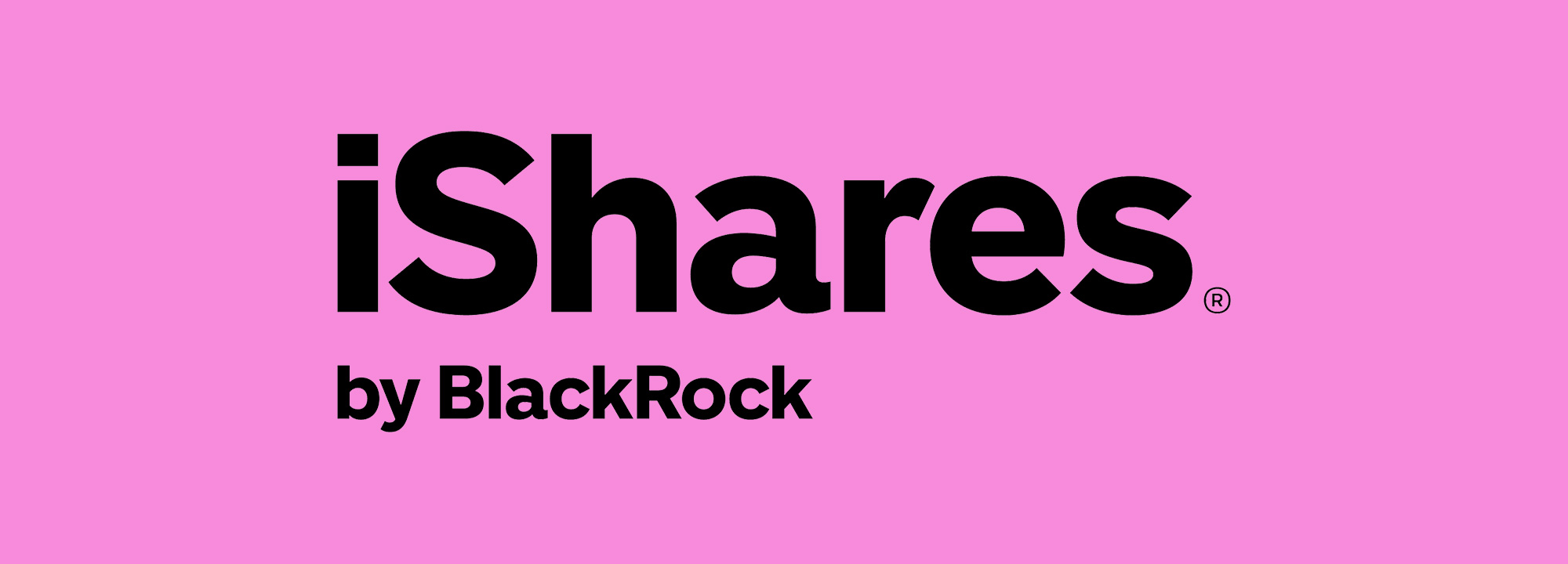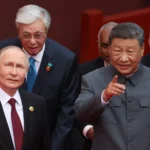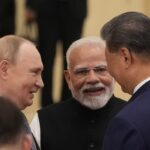OPEC+ to Approve Modest Output Hike for December Amid Market Uncertainty
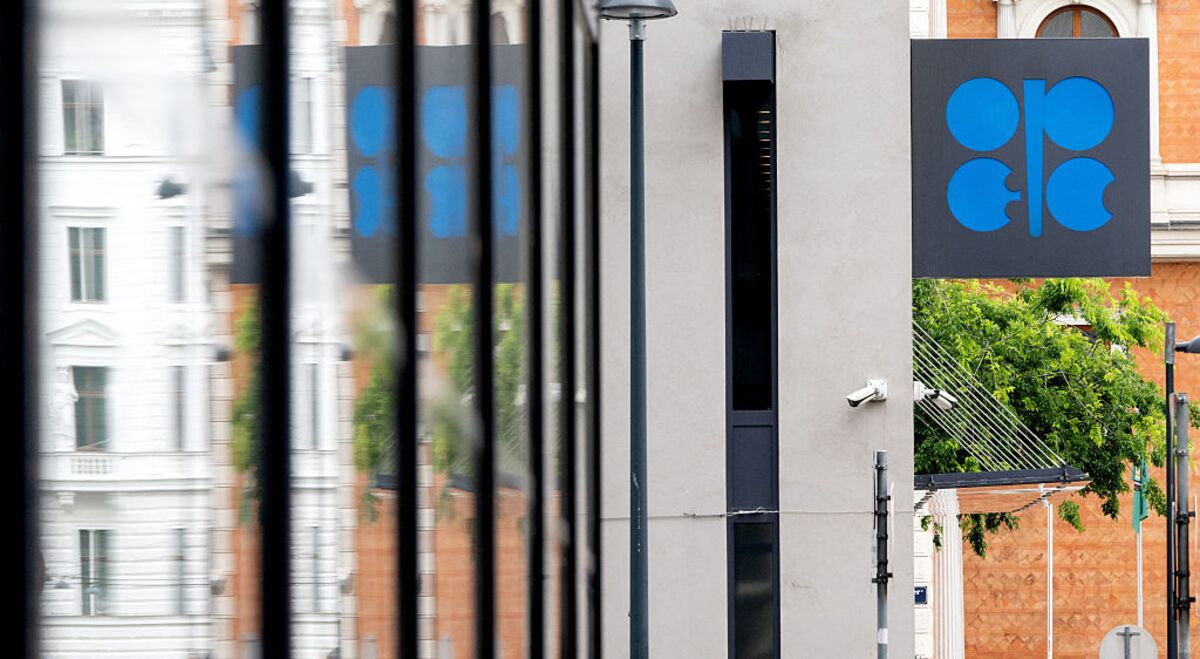
OPEC+ is preparing to approve a small increase in oil production for December, according to delegates familiar with the matter, signaling a cautious shift in strategy as the alliance weighs fragile global demand against the need to stabilize prices. The decision marks a measured approach by the group, led by Saudi Arabia and Russia, as it continues to navigate a complex landscape of geopolitical tension, fluctuating economic signals, and growing scrutiny from major consuming nations.
The expected move—a modest output hike estimated at between 100,000 and 200,000 barrels per day—comes after months of voluntary production cuts that helped support oil prices but also drew concern from key importers, particularly in Asia. The adjustment suggests OPEC+ members are seeking to avoid overheating the market or stifling demand as global economic growth shows signs of slowing.
Balancing Supply and Market Stability
The Organization of the Petroleum Exporting Countries and its allies, known collectively as OPEC+, have walked a fine line throughout 2024 and into late 2025. On one hand, they’ve faced pressure from oil-importing nations to keep energy affordable amid inflationary concerns. On the other, member states like Saudi Arabia and Russia remain determined to defend prices around the $80 per barrel mark, a level considered vital for sustaining fiscal budgets and funding economic diversification programs.
The upcoming decision to slightly raise output reflects a strategic attempt to maintain credibility as a stabilizing force in global energy markets. It also serves as a signal that OPEC+ remains united, despite internal disagreements and external pressure.
“The group doesn’t want to risk over-supplying the market ahead of winter,” one delegate said, noting that demand for heating fuel and jet fuel traditionally rises in December. “But we also recognize the need to respond to consumer concerns about price volatility.”
Global Economic Factors at Play
The small production hike also acknowledges the changing economic environment. While the U.S. and China—two of the world’s largest oil consumers—have shown signs of resilient demand, other regions are experiencing slower growth. Europe continues to grapple with stagnation, and developing economies are increasingly constrained by high borrowing costs and weaker currencies.
At the same time, the prospect of monetary easing in major economies could bolster oil demand heading into 2026. Investors have begun to position themselves for a rebound in consumption as central banks, including the U.S. Federal Reserve, hint at gradual rate cuts next year. OPEC+’s latest move appears to preempt that potential upswing, ensuring that supply remains aligned with shifting macroeconomic conditions.
Internal Dynamics and Strategic Considerations
Within OPEC+, the decision follows extensive consultations between Saudi Arabia, the United Arab Emirates, and Russia—three of the coalition’s most influential players. Riyadh, which had implemented an additional voluntary cut of one million barrels per day earlier this year, is said to be comfortable with a gradual easing of its self-imposed restrictions, provided prices do not fall sharply.
Russia, meanwhile, remains focused on sustaining export revenues amid ongoing Western sanctions. Moscow has managed to maintain output near pre-war levels by redirecting crude flows to Asia, but infrastructure limitations and logistical costs have increased pressure on the Kremlin to support moderate production adjustments that ensure market balance without triggering price collapses.
For smaller producers such as Nigeria, Angola, and Iraq, the modest increase offers an opportunity to restore some of their lost production capacity and secure higher revenues during the winter months. However, these gains remain constrained by structural challenges, including underinvestment, technical bottlenecks, and political instability.
Oil Prices React Cautiously
Oil prices initially held steady on reports of the anticipated OPEC+ decision, with Brent crude trading around $84 per barrel and West Texas Intermediate near $79. Traders interpreted the move as a sign that the group remains committed to preventing excessive supply growth, even as it seeks to accommodate seasonal demand.
“The market is likely to view this as a sign of confidence rather than weakness,” said one energy analyst. “OPEC+ is signaling that it has room to maneuver and is not under pressure to defend prices aggressively.”
Yet, others warn that the decision may do little to resolve deeper structural issues. Global oil demand growth is expected to slow in 2026 as electric vehicle adoption accelerates and energy efficiency initiatives take hold. At the same time, U.S. shale producers, though operating with greater financial discipline than in previous cycles, continue to add incremental supply that could cap future price gains.
A Calculated Move in an Unpredictable Market
The modest December output hike underscores OPEC+’s evolving strategy—pragmatic, flexible, and increasingly responsive to both market and political realities. After years of sharp cuts and dramatic interventions, the group is now signaling a preference for stability over shock.
While some critics argue that OPEC+ risks becoming reactive rather than proactive, supporters see the alliance’s cautious approach as necessary in a world where energy demand patterns are shifting faster than ever before. With global economic growth uncertain and geopolitical flashpoints—from the Middle East to Eastern Europe—threatening supply chains, maintaining equilibrium remains the group’s top priority.
Looking Ahead
As the year closes, OPEC+ faces a delicate balancing act between defending prices, supporting global economic recovery, and managing the transition to cleaner energy. The alliance’s next steps in early 2026 will likely depend on how well the global economy absorbs current supply levels and whether inflationary pressures ease enough to spur fresh demand.
For now, the message from OPEC+ is clear: it will not flood the market, nor will it retreat into aggressive cuts. Instead, it seeks to chart a steady course—one defined by incremental adjustments, diplomatic coordination, and an acute awareness that the world’s energy future is as much about stability as it is about growth.
With its December decision, OPEC+ once again demonstrates that in an era of uncertainty, measured moves may prove more powerful than grand gestures.




